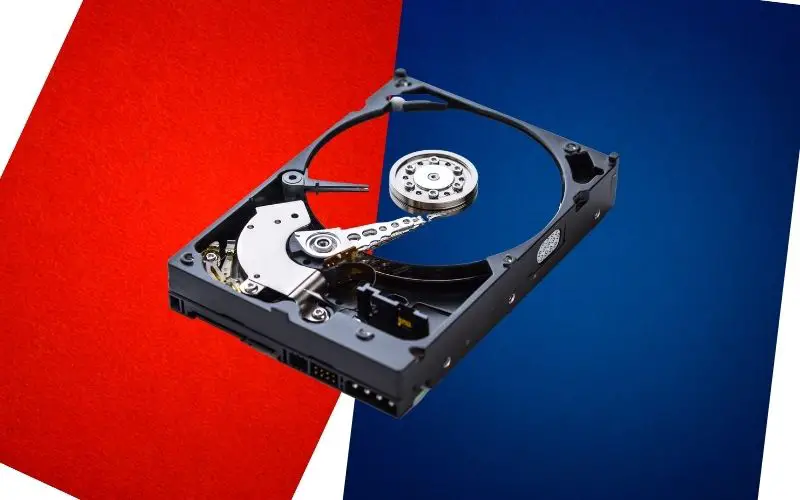Despite most people thinking that hard drives started showing up in the early 1990s, manufacturers like Western Digital go back as far as the 1970s. However, the clunky boxes they produced back then are night and day from Western Digital’s modern hard drives. In fact, not only does Western Digital have smaller, compact units for today’s computers, they come in different versions for different applications, most notably distinguished by color labels. Two of the most popular are the blue and red Western Digital hard drives.
The Red Drives
When it comes to RAID set ups and NAS storage, the Western Digital Red drive is the ideal package to work with. Designed specifically for redundancy operations such as how a Synology NAS drive system would be used for operating protection, the Red hard drive provides a resource that can handle 24/7 operation with high frequency read/write activity as well as a professional grade performance. Unlike standard desktop hard drives, which are expected to see occasional usage throughout the day and little in the way of hard use except when loading programs or purging, the Red drives are the opposite.
Because of the fact that RAID redundancy requires data to be distributed across multiple drives working together versus just putting files in a singular location, thereby protecting them better from loss, RAID drives have to work harder and with far greater activity from minute to minute, hour to hour. Western Digital took this into account when creating the Red drives, giving them a far higher wear and tear tolerance than could ever be expected from basic desktop drives used in the Blue series.
In addition to the durability, Western Digital Red drives also come with special firmware programming that tunes and keeps the hardware performance in an efficient mode with the rest of the NAS system they are part of. This addresses changes in system temperature, vibration, cache allocation, and even the spin response speed of the disks themselves. No surprise, Red drives have continued to be the go-to choice for a Synology NAS system and similar systems. Standard Western Digital Red drives are available in options from 1TB to 8TB inside, and enterprise Red drives can be had in sizes ranging from 3TB to 8TB.
The Blue Drives
As mentioned earlier, the basic desktop hard drive side of things is addressed by the Western Digital Blue drive series. These units are truly designed for consumer level use, assuming a low frequency rate of access and extensive life cycles before replacement (the typical consumer expectation of 3 to 5 years of basic storage function). They are able to deliver that excessive life period because they are lightly used in practice.
The Blue series appeals to the budget-conscious who want to have maximum storage capability for the lowest dollar possible. For a while they served as a primary drive resource, but when SSD drives came along and produced a far better and faster performance for the same price or just a bit higher, then basic Blue hard drives truly became storage bins in practice. They are ideal for large data files, photograph and image archiving, cold storage reference files and similar. Many times, folks also use them for back-up drives as well when they are not operating a machine on a network or RAID set up.
While it is technically possible to put a Blue Drive into a RAID system, it’s a bad idea. They simply aren’t designed for the high frequency and hard usage that will be expected of them in that environment. And, when it comes time to fail, the Blue drive will always be in the lead before anything else specifically designed for RAID usage. Blue series hard drives can be bought in sizes ranging from a minimal 250GB to as big as 6TB.
Optionally, consumers can also obtain the Western Digital Blue SSD drives. These work faster and provide a greater level of stability, but like all SSDs, they have a higher risk of loss and no recovery if the SSD fails. They are ideal for immediate processing and operating system support on desktops and stand-alone machines. The Blue SSD drives can be had in sizes ranging from 250GB to 1TB.
Other interesting articles:
